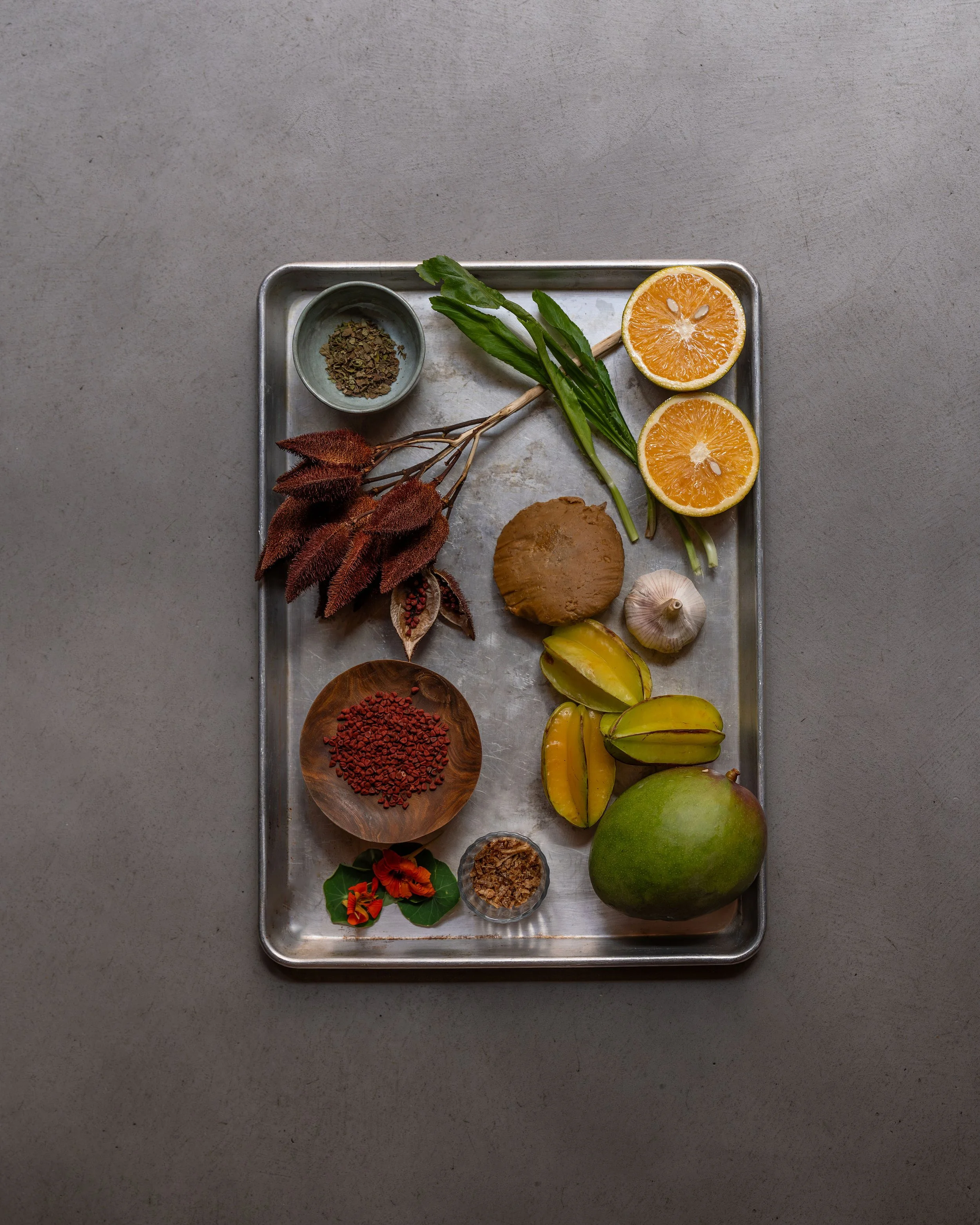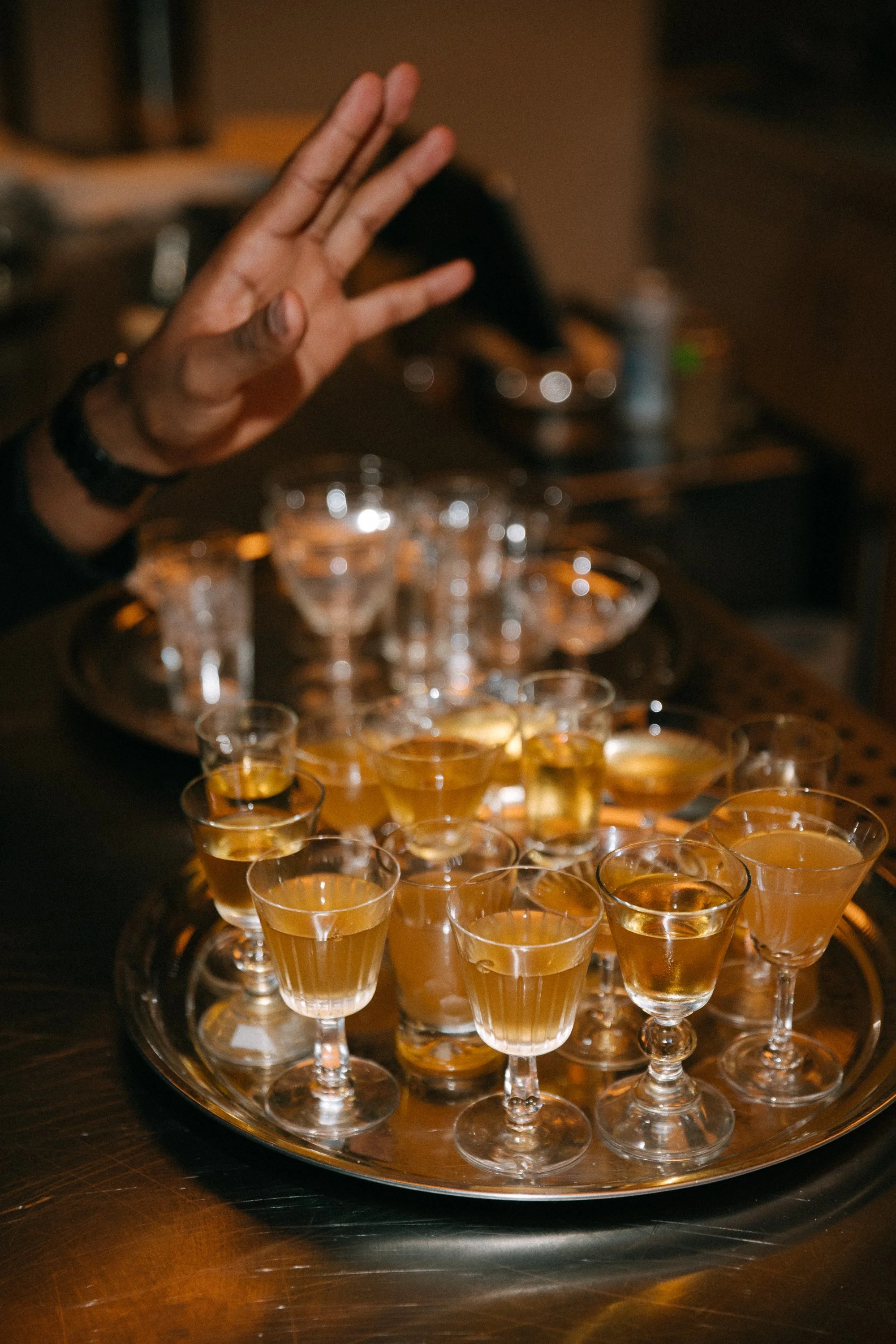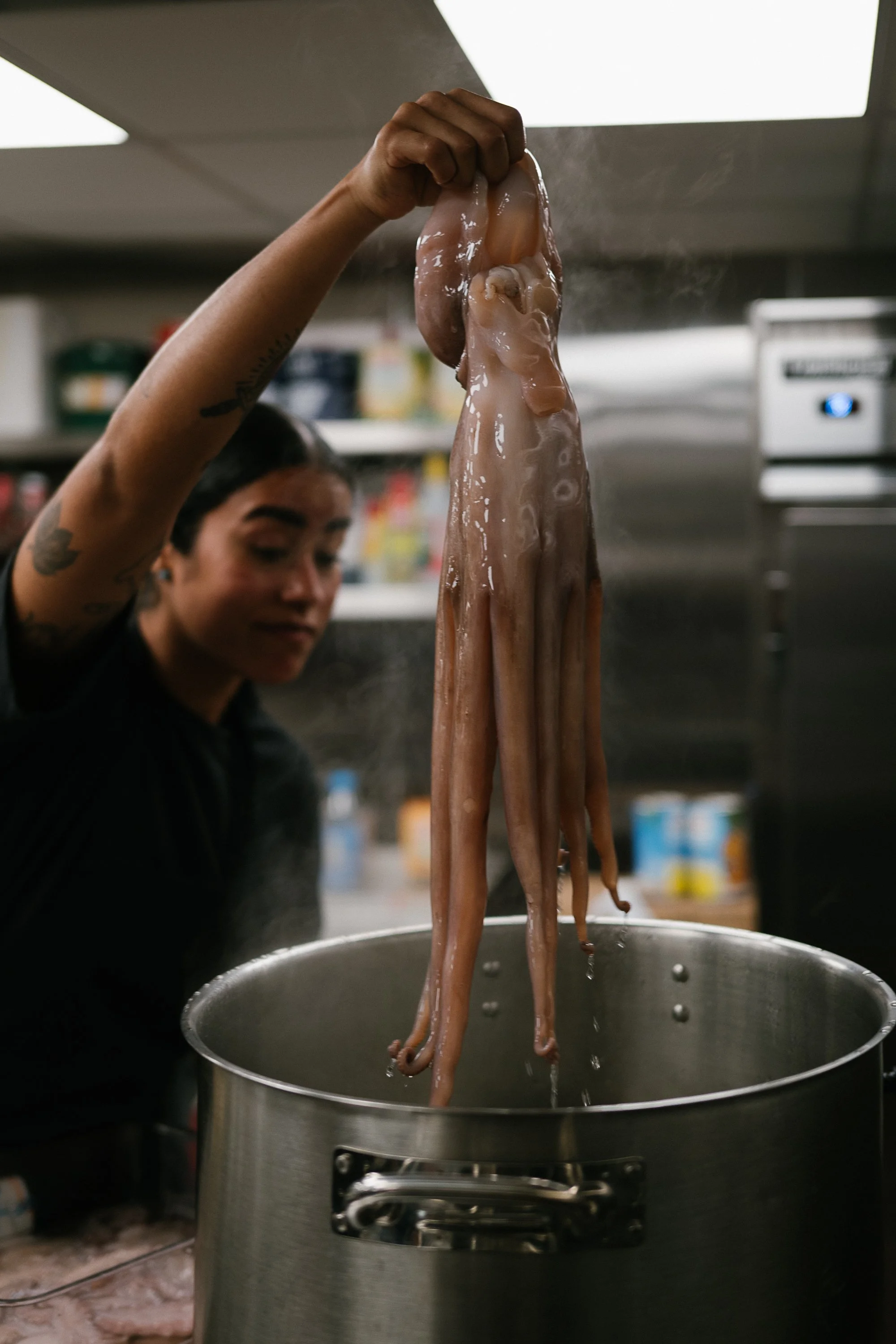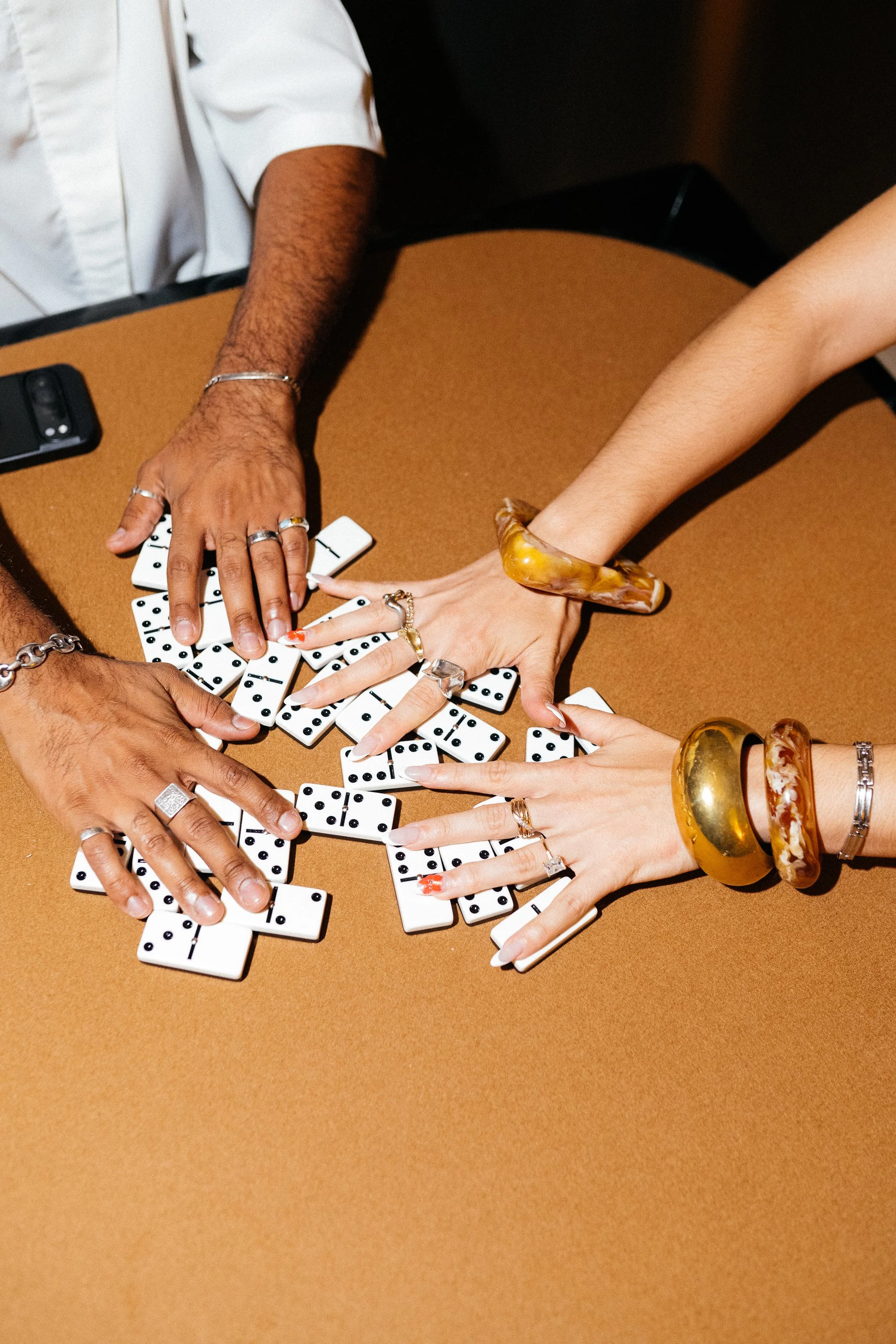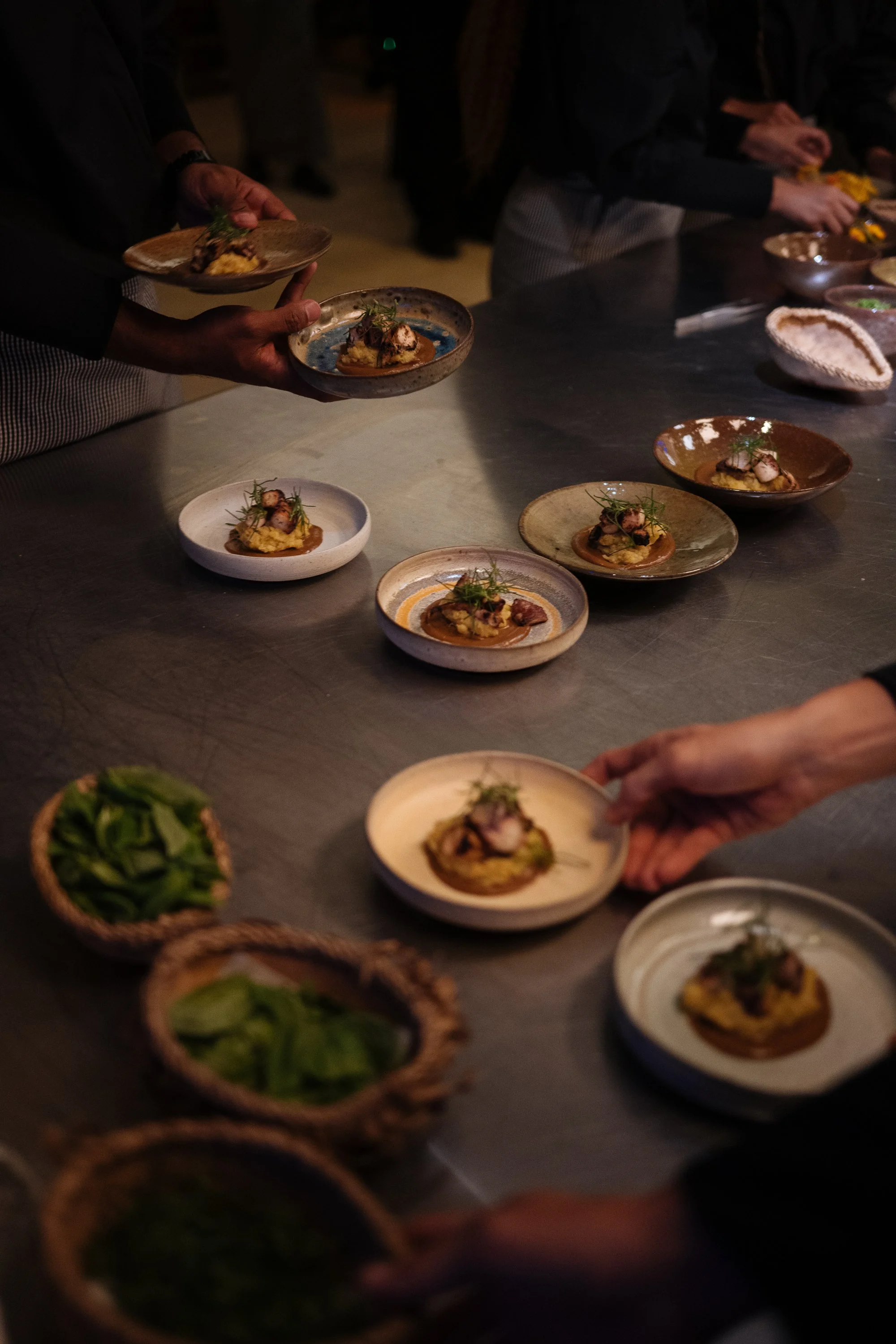From DR with Love: How Olivier Bur Forages His Own Ingredients on the Island
Bur aims to support local farmers and laborers, helping them maintain their lands and traditions for decades to come.
Photography by José Rozón Henríquez
When we eat a quality meal, we don’t often think about how chefs source their ingredients. Oftentimes, they import ingredients from around the world. Olivier Bur, however, travels near and far throughout the entire island of the Dominican Republic and Haiti to source ingredients for his restaurant, Casarré, ensuring that the people who eat his carefully crafted dishes stimulate their senses beyond just taste.
To maintain the authenticity of his restaurant, Bur leaves Santo Domingo every week for more rural parts of the Dominican Republic. Here, local farmers and laborers are nestled into pueblos, providing generations of food and resources for island residents. Throughout this process, Bur aims to support local farmers and laborers, helping them maintain their lands and traditions for decades to come. It wouldn’t be enough to say that Bur cooks with love—because it’s so much more than that. His dishes bring a sense of adventure, spontaneity, and a type of care and consideration that feels like he’s welcoming us into his home.
Photography by Hairo Reyes
While sourcing is rewarding, bringing these unparalleled dishes to life can also be arduous and come with its own obstacles. People often face issues related to transportation, communication, laws, importing, and other logistical challenges. Casarré does not have a fixed menu. Every week, the meals are seasonally improvised based on what Bur and his team are able to forage.
“With the dishes, our team meetings always revolve around conversation, dishes, and drinks we want to use,” he says. “Nothing goes to waste. We ask, ‘What ingredients do we want to use?’ ‘What stories do we want to tell?’ ‘How can we use these ingredients?’ It’s always important to give context to a dish. Our five ingredients are wild mushrooms, Guayiga, pure sugar, Clairin, the Haitian rum.”
Photography by José Rozón Henríquez
Recently, wild mushrooms have become a key ingredient at Casarré, featured in main courses and chocolate desserts. The idea of fungi has become a metaphor for memory, mycelial kinship, and what survives underground. Casarré goes beyond mere presentation and execution of a dish, incorporating architecture into the food to create an immersive experience that you can see and feel.
“The mushrooms we get from the border of Haiti come from four families who forage them,” he says. “However, a woman in another village runs the bank account because these families don’t have bank accounts. They forage mushrooms in a super dry region. When it rains, we tell them to just go for it and pick all of the mushrooms to dry. Then, we call the woman in the in the next village to receive the money, send her son to the bank, get the money, take a motorbike, go to the next village, buy the mushrooms, take it back to the village, send it to another city via bus, change buses, and arrive at the final bus station in Santo Domingo where we pick it up.”
Photography by José Rozón Henríquez
Everything takes multiple steps, and many of the techniques used to source these ingredients are done the same way they were over 500 years ago. For example, Bur sources pure sugar from an 84-year-old man in the mountains who jumps on a wooden mill while his wife puts the sugar cane through the mill one by one. He jumps until everything is completely smashed up, converted into raw sugar cane blocks.
This process is similar for ingredients like starch, fruits, flowers, and alcohol. Bur and his team prefer to source ingredients from the same family businesses and villages, so Bur employs a technique to catalog them using geotagging—even for families without access to phones or the internet.
Photography by José Rozón Henríquez
Bur developed his refined taste and passion for food while growing up in Zurich. He is half Swiss, so he combines the Dominican sazón with Swiss aesthetics and contemporary style. He was in awe when his hard-working mother would wake up before the sun rose to cook intricate Dominican meals, then go to work afterward—all before Bur was even awake. When he became a teenager, Bur knew he wanted to take cooking seriously to combine his Dominican and Swiss cultures and understand them on a deeper level. Throughout Casarré are also artworks of Joiri Minaya, José Morbán, Tiempo de Zafra, and Eliazar Ortiz Roa.
“I began researching for myself more,” Bur says. “ I discovered the connection between food, culture, history, and how contemporary art has many links to handicrafts. I began to see the world and everything through food. I kept falling more in love with food and everything it has to do with it because every gathering only makes sense with food. You can see it from so many different angles.”
Photography by José Rozón Henríquez
Bur has recently taken his skills from one island to another: New York City. He and his small team took to WSA, a popular hub in the Financial District, for three days in mid-September. Here, guests had the opportunity to taste the flavors of the Dominican Republic and Casarré’s incomparable dishes.
Food is one of the strongest forms of connection in any artistic setting, and with Casarré, Bur has brought together diverse communities, particularly in the fashion industry. Oftentimes, what we wear while crafting our art makes a huge difference in how we look and feel. For Bur and the Casarré team, Raul Lopez, creator of the popular brand Luar, designed their uniforms—and they’re not your average cooking uniforms.
Image Courtesy of Casarré
“Raul uses the Dominican fabric, gallinita,” he says. “We met in the DR and met here in New York City again. I told him I was opening a restaurant, and he said, ‘I’ll kill you if you don’t let me make your uniforms.’ I told him I couldn’t afford him, and he said he would still make something. We met up a few times in the DR to look at fabrics because everything is so natural. Raul wore these pants to the Met Gala and said they would be great for the restaurant because they could look like a skirt or pants.”
The gallanita fabrics often represent working women, so they wear them on the island when they’re cooking and doing manual labor because they are breathable and movable. Lopez used that to create a take on a chef's pant-skirt. This concept also challenges the traditional notion of gender roles in the kitchen.
Photography by José Rozón Henríquez
“It’s so important that people are connected to the stories that we tell and what we do,” Bur says. “I want them to appreciate Casarré and see the value of it. I want to be able to better support institutionalized systems. I want to support the families that produce the land, document more, and spread more knowledge so that even more restaurants can have this access.”


